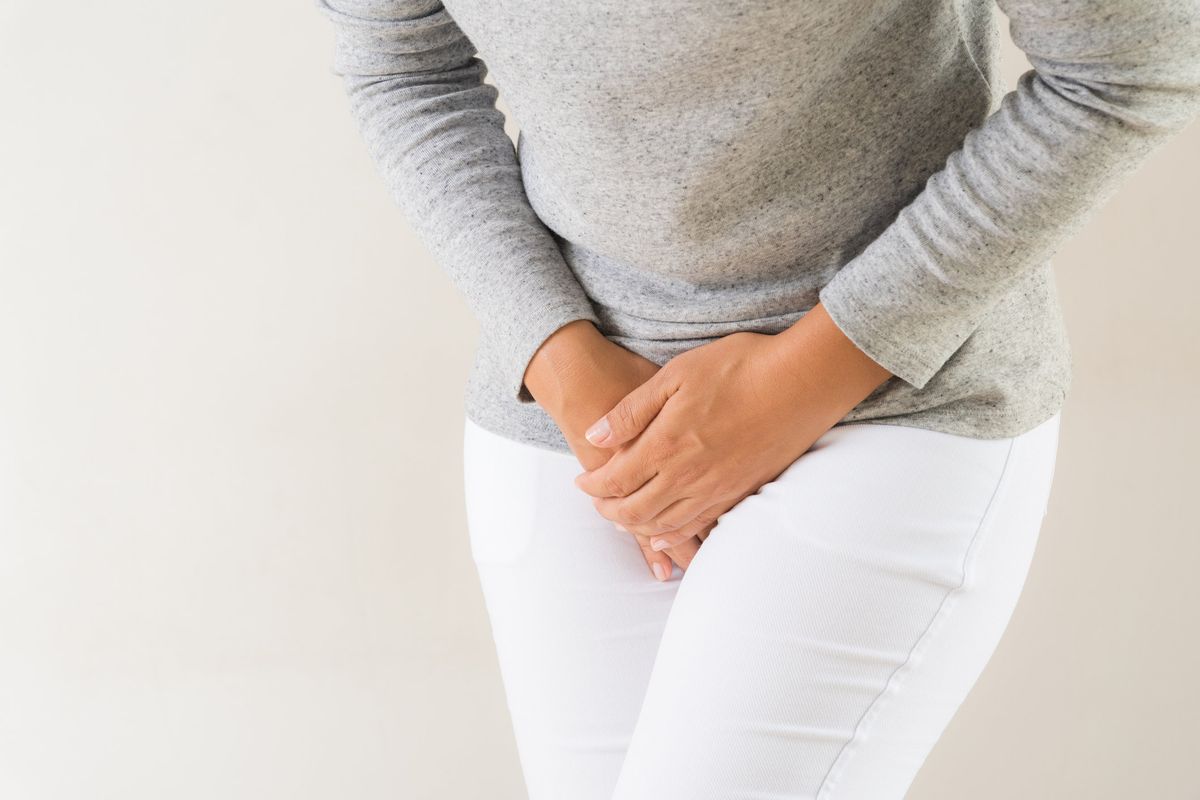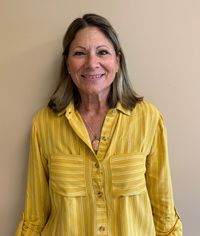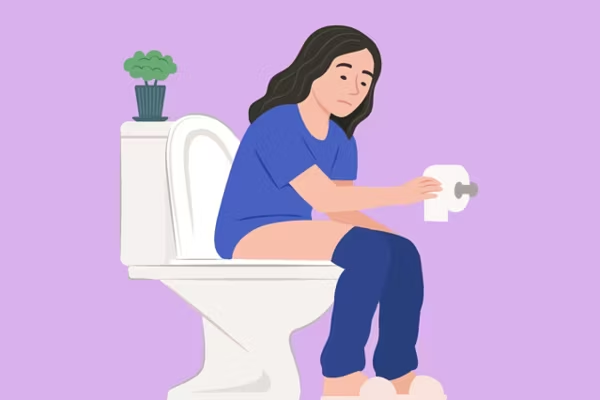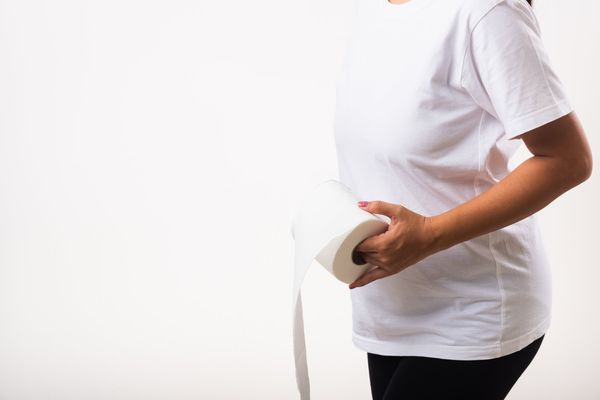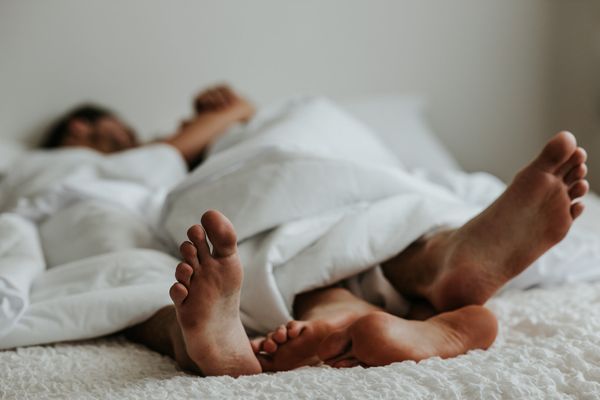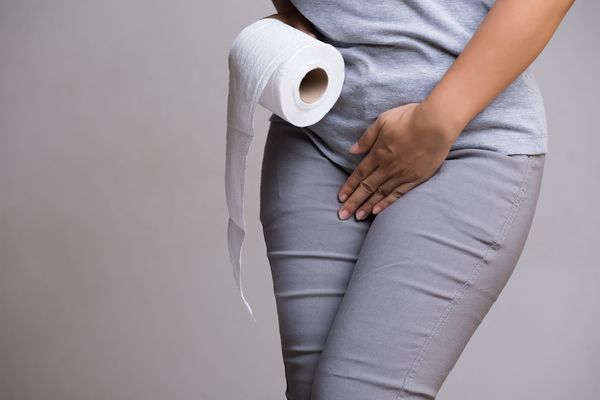My daughter's birth 29 years ago was traumatic. The doctor used forceps, which tore part of my vaginal wall muscles. I discovered this a month later, when I went to my new gynecologist (because we had just moved) who told me it was “bruised tissue." Then, without my permission, he cut it out.
I could feel a void there and sex was uncomfortable at first, but I learned to live with it.
About a year later, I started having stress incontinence. If I coughed, sneezed or had increased abdominal pressure (such as during exercise), I'd leak a little urine. Luckily, as a pelvic floor physical therapist, I knew what to do. I did pelvic floor exercises and learned to contract my muscles before I coughed, sneezed or lifted anything heavy to avoid leaks.
This worked for a while but then I developed overactive bladder (OAB) — which meant I needed to urinate frequently and often urgently — and I had a few accidents. At that point my daughter was 10, and I went to a urogynecologist (physicians that diagnose and treat women with pelvic floor disorders), who discovered that my vaginal walls were damaged and my kegel exercises may not relieve my symptoms.
In fact, that “bruised tissue" my gynecologist cut out was actually the muscle on one side of my vaginal wall. This left me with an inability to contract that side of the muscle, which meant that for 10 years I was overcompensating and building too much muscle on the opposite side. Eventually, the muscles became too short and tight and stopped functioning, and my OAB became worse.
Panic on a Plane
It got to the point where I lost faith in my ability to always make it to the bathroom in time, so I learned where the toilets were in every place I frequented. Then, one day, I was on a flight and urgently needed to go, but decided to wait until we landed. Unfortunately, we got stuck on the tarmac. As I sat there, I became increasingly stressed. I was sweating and feeling anxious, and the only thing I could focus on was the fear that I wouldn’t make it to the bathroom when I got off the plane. I’d had accidents before and that fear was all-encompassing.
Finally, I got up to go while we were still on the tarmac, and the flight attendant called me out over the loudspeaker. I was so embarrassed; I swore I’d never be in that situation again.
Now I don't take any flight, even if it's an hour and a half, without timing when I'm going to get up and go. I also wear a pad for longer trips. The only time I don’t wear it is when I'm at home and on weekends when I can time my voids. But for work or travel, I wear a pad. When I haven't worn it, there have been episodes where I've had to change my underwear, so I've learned.
Don't Train the Trigger
My situation became even worse when my bladder prolapsed — dropping into my vaginal wall.
I decided to have surgery to repair my vaginal walls, give me better structure and support my bladder. The surgery corrected the stress incontinence, but not the OAB (as the surgeon had cautioned) and I still had an absence of muscle.
Part of my motivation for having surgery was that I was worried I was making the prolapse worse with everything I did, and I was unwilling to give up my active lifestyle. I wanted to be able to take a three mile walk and not feel like I wasn’t going to make it back in time. And nothing aggravated me more than seeing women younger than me wearing adult diapers in TV commercials. I needed to get to a better place.
For a while after my surgery I took a medication, which worked quite well, but it dried out my contact lenses. I decided not to take the meds and to be better about monitoring my fluids and habit training. Caffeine, alcohol and carbonated beverages are the three big irritants. If I’m out, I can’t have an alcoholic drink with tonic because I know I won’t make it to the bathroom.
I’ve also had to form new habits. Every time I came home with groceries, getting out of the car was a trigger for me to run to the bathroom. So, I had to teach myself to stand slowly, stop for a minute, get control, and then walk slowly in the house. I shut that whole thing off, so I don't train the trigger.
The result is that I’m confident I can stay dry 90% of the time, so have resumed my active lifestyle. In the summer, I walk, bike, play golf, go paddle boarding, and recently picked up pickleball. In the winter, I do the elliptical, lift weights and do a Pilates reformer class. I’m at the level of physical activity I want to be.
Sharing My Experience
As a physical therapist, I used to feel very inadequate and frustrated. Because I had damage to my pelvic floor, the techniques that worked for other people weren't working for me. But now, at 62, I have no fear of sharing the fact that I understand what my patients with OAB are going through. And when they know that I understand, I can see the relief on their faces. It's a shared camaraderie of womanhood. By throwing it out there, I allow women to be vulnerable with me and that opens up all sorts of conversations.
The main thing I want women to know is that anybody can develop OAB, even a pelvic floor physical therapist. It's treatable and it's nothing to be ashamed of.
This resource was created with support from Urovant.
- What You Need to Know About Urinary Incontinence ›
- Overactive Bladder 2024 - HealthyWomen ›
- Incontinence ›
- Urinary Tract Conditions ›
- Overactive Bladder ›
- It's Bladder Cancer Awareness Month: Time to Share My Story ›
- I Didn’t Let Overactive Bladder Stop Me from Living My Life - HealthyWomen ›
- Overactive Bladder Can Affect Your Daily Life - HealthyWomen ›
- How Overactive Bladder Affects Intimate Relationships - HealthyWomen ›
- Treatments for Overactive Bladder - HealthyWomen ›

